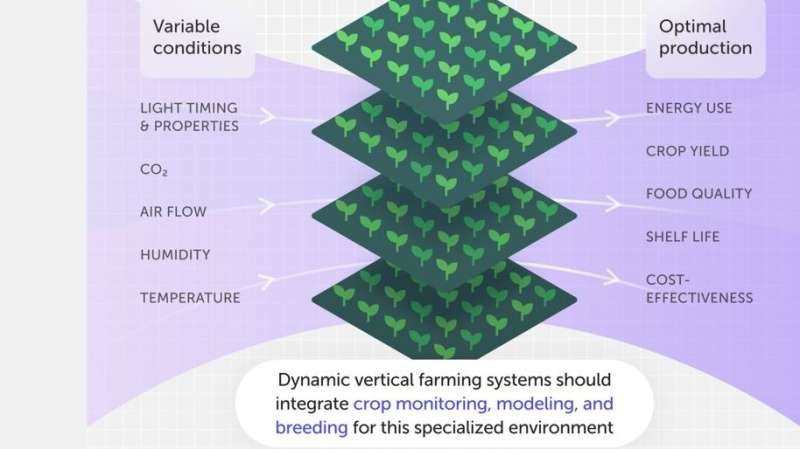Explore how innovative vertical farming systems could address the growing global demand for food and transform the way we produce and consume agricultural products.

Embracing Vertical Farming
In a world growing in population, what sustained it might no longer be sustainable.
The answer comes in the form of vertical farming which is a pretty straightforward option. A vertical farming system can be controlled and hence plants are grown in an indoor environment that uses all the resources efficiently, this leads to high productivity of crops.
Vertical farming is best known for its advantages when it comes to growing healthy, nutrient-rich vegetables in or proximity to urban centers and other places on the planet where traditional agriculture has severe challenges — or just plain can’t grow anything! This not only decreases the food miles which saves our environment but makes sure that somebody always has access to as much food as they need (despite even harsh climate and few land).
Overcoming the Energy Challenge
Vertical farming faces a serious problem when it comes to energy: Growing plants requires light, and lighting takes power.
However the researchers responsible for the current study have dreamed up a novel approach to circumvent this obstacle. Carefully calibrating the light intensity and shifting wavelengths in response to the crops’ actual needs has enabled far more sustainable management of energy — while allowing for outstanding plant health and productivity.
Using an optimization algorithm developed in their study, they were able to control the photosynthesis rate of plants in greenhouses and reduce electricity costs by up to 12% without compromising photosynthetic efficiency. The discovery is expected to clear the path for revolutionary, affordable, and sustainable vertical farming systems that make large-scale urban food production possible.
Conclusion
With the growing need for more fresh and healthy locally-grown produce to keep our society healthier, vertical farming can hold the key to future-proofing our food supply. Optimizing energy input, utilizing dynamic environmental controls, and breeding specialized crop varieties are making some big strides towards facing major challenges that block the path of this novel technology. In conclusion, as vertical farming matures, it could help change the food production paradigm and distribution and result in a safe diet independent of external climate forces.
